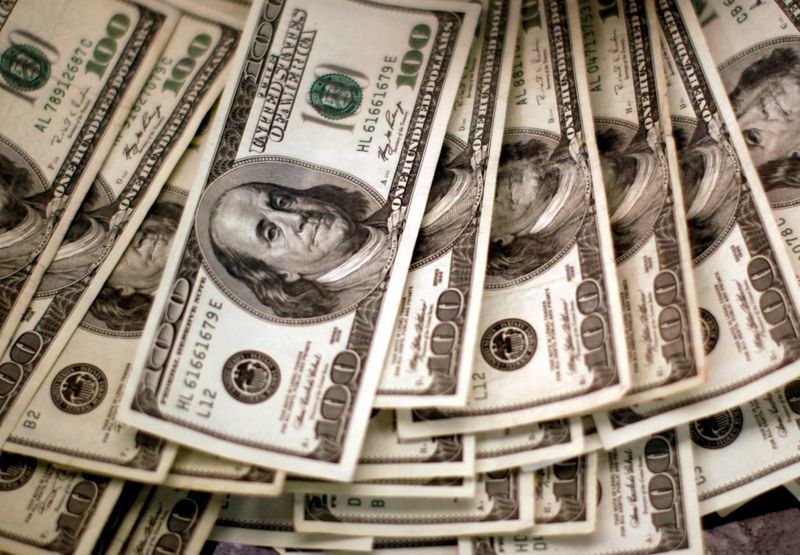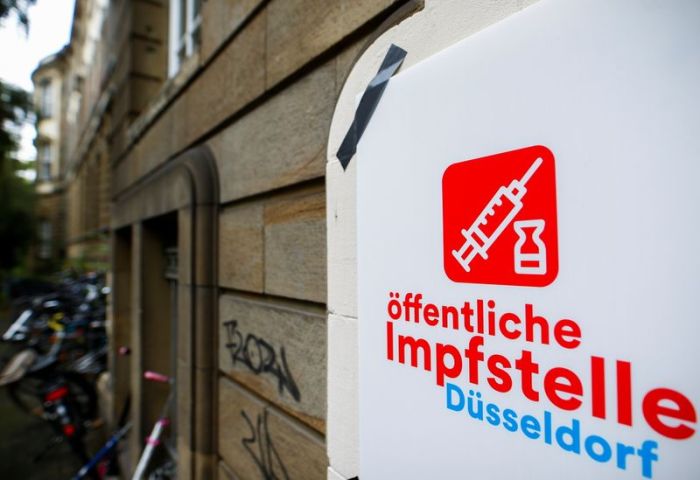NEW YORK (Reuters) – The dollar rose on Friday in line with higher U.S. Treasury yields as investors focused on when the Federal Reserve is likely to begin reducing its asset purchases.
The greenback has risen from a one-month low reached last Friday after jobs data for August showed that jobs growth slowed, while wage inflation rose more than expected.
It has not yet been able to establish a strong trend, however, as investors wait on new clues on when the Fed is likely to begin paring its bond purchases and, eventually, raise rates.
“That to me is the most important thing, is when does the Fed hike rates, and unfortunately we may not know that for a little while,” said Erik Nelson, a macro strategist at Wells Fargo in New York.
Cleveland Fed President Loretta Mester said on Friday that she would still like the central bank to begin tapering asset purchases this year, joining the chorus of policymakers making it clear that their plans to begin scaling back support were not derailed by weaker jobs growth in August.
Fed officials are grappling with rising price pressures while jobs growth remains below their targets.
Data on Friday showed that U.S. producer prices increased solidly in August, indicating that high inflation is likely to persist for a while, with supply chains remaining tight as the COVID-19 pandemic drags on.
The Wall Street Journal on Friday wrote that Fed officials will seek to make an agreement at the Fed’s September meeting to begin paring bond purchases in November.
The dollar index gained 0.05% to 92.57. It is up from a one-month low of 91.94 on Friday.
The U.S. currency had dipped earlier on Friday on improving risk sentiment on news that U.S. President Joe Biden and Chinese leader Xi Jinping spoke for the first time in seven months.
In a statement, the White House said Biden and Xi had “a broad, strategic discussion,” including areas where interests and values converge and diverge. The conversation focused on economic issues, climate change and COIVD-19, a senior U.S. official told reporters.
The dollar was last down 0.13% to 6.4419 yuan, nearing a more than two-month low of 6.4233 yuan reached last week.
The euro fell 0.07% to $1.1816 on Friday, a day after the European Central Bank said it will trim emergency bond purchases over the coming quarter.
========================================================
Currency bid prices at 3:04PM (1904 GMT)
Description RIC Last U.S. Close Pct Change YTD Pct High Bid Low Bid
Previous Change
Session
Dollar index 92.5650 92.5320 +0.05% 2.872% +92.6110 +92.3280
Euro/Dollar $1.1816 $1.1825 -0.07% -3.29% +$1.1851 +$1.1813
Dollar/Yen 109.8900 109.7150 +0.19% +6.42% +109.9850 +109.7000
Euro/Yen 129.85 129.73 +0.09% +2.31% +130.2700 +129.7000
Dollar/Swiss 0.9179 0.9168 +0.13% +3.76% +0.9184 +0.9150
Sterling/Dollar $1.3843 $1.3835 +0.06% +1.33% +$1.3888 +$1.3834
Dollar/Canadian 1.2657 1.2665 -0.06% -0.60% +1.2672 +1.2583
Aussie/Dollar $0.7362 $0.7368 -0.07% -4.28% +$0.7409 +$0.7360
Euro/Swiss 1.0846 1.0836 +0.09% +0.36% +1.0862 +1.0836
Euro/Sterling 0.8535 0.8543 -0.09% -4.50% +0.8547 +0.8521
NZ $0.7123 $0.7108 +0.21% -0.81% +$0.7156 +$0.7092
Dollar/Dollar
Dollar/Norway 8.6500 8.6735 -0.22% +0.79% +8.6820 +8.6180
Euro/Norway 10.2227 10.2552 -0.32% -2.33% +10.2700 +10.1910
Dollar/Sweden 8.6230 8.6070 +0.07% +5.20% +8.6252 +8.5945
Euro/Sweden 10.1892 10.1825 +0.07% +1.12% +10.2019 +10.1715
(Additional reporting by Ritvik Carvalho in London; Editing by Chizu Nomiyama)

























